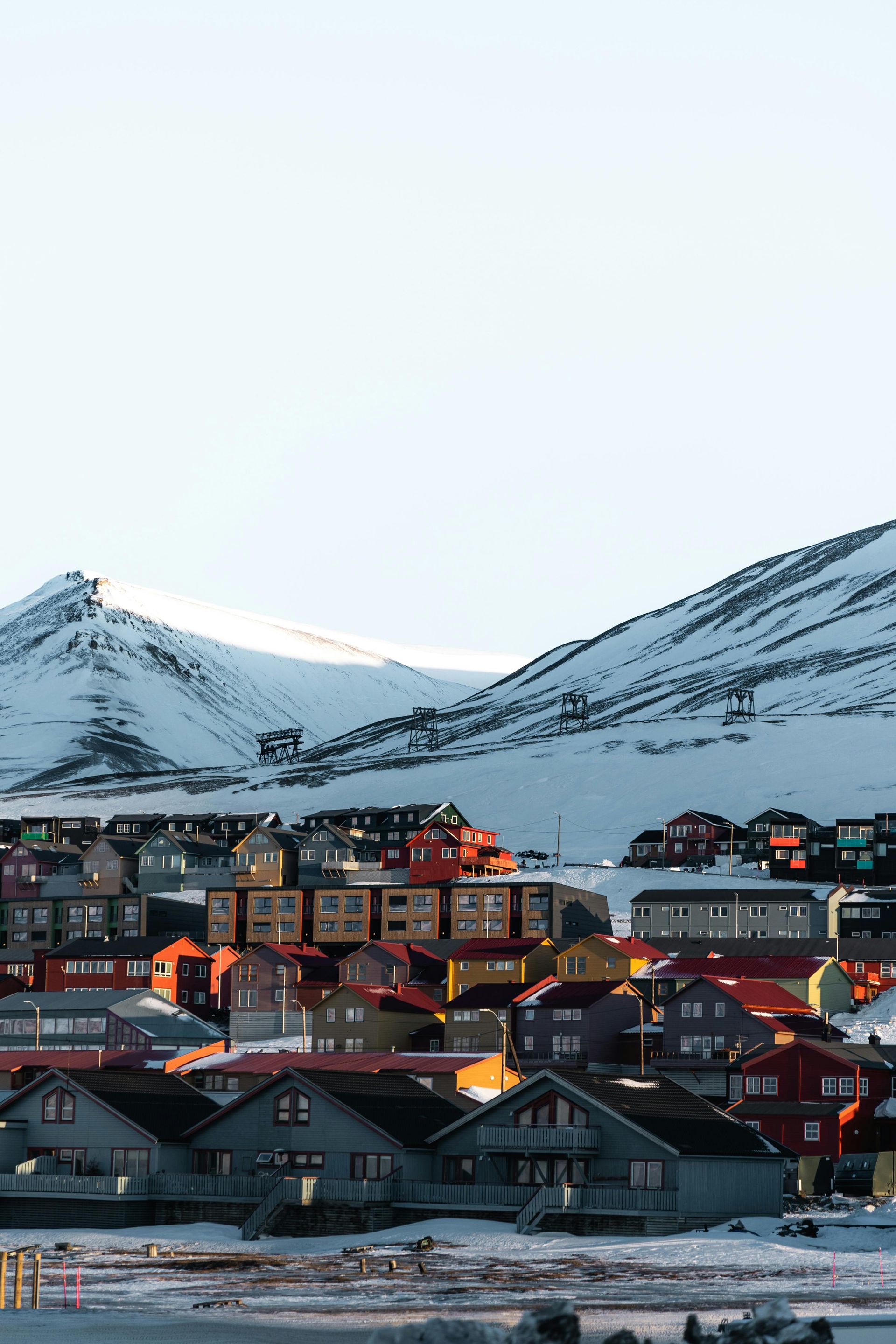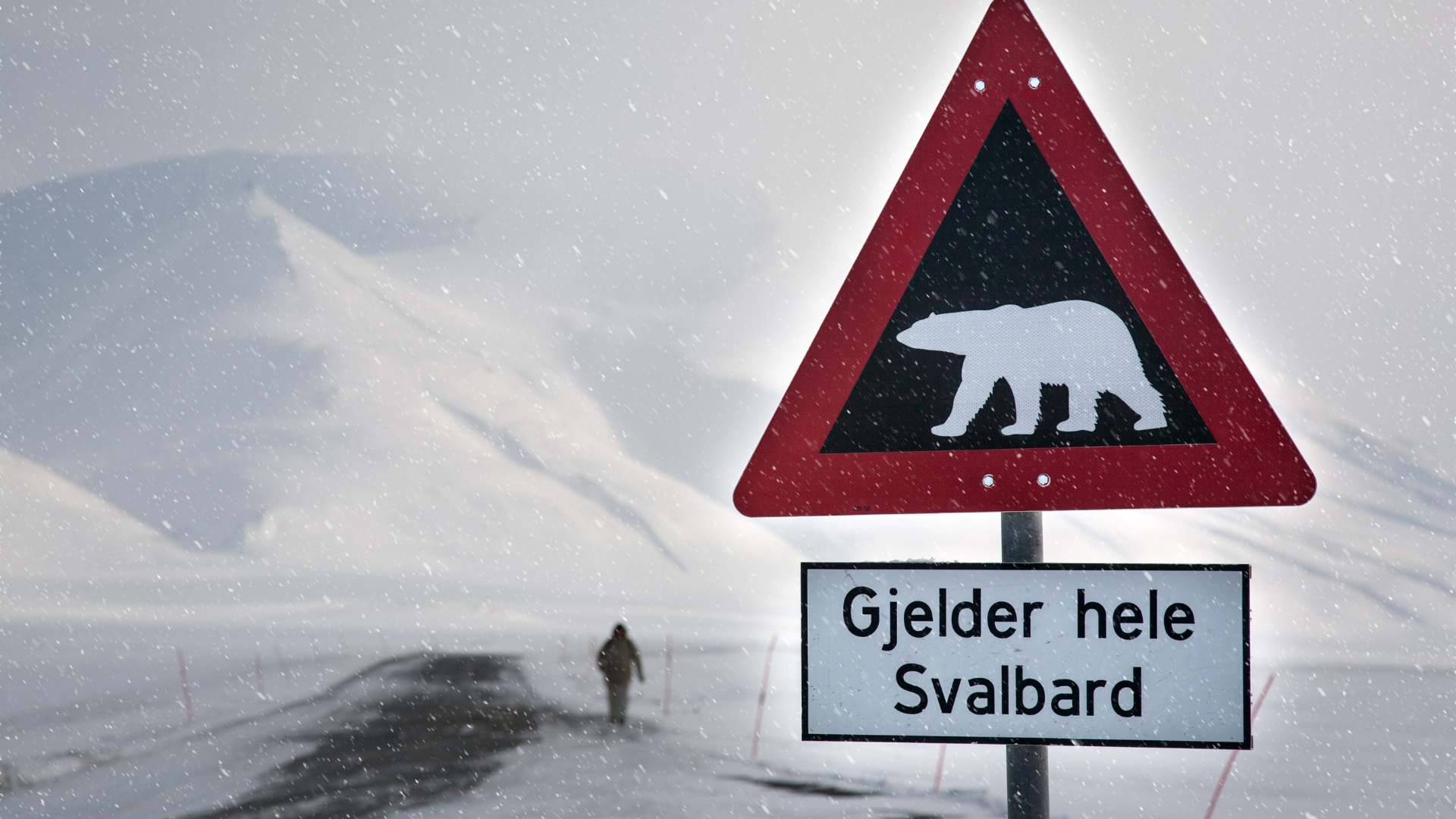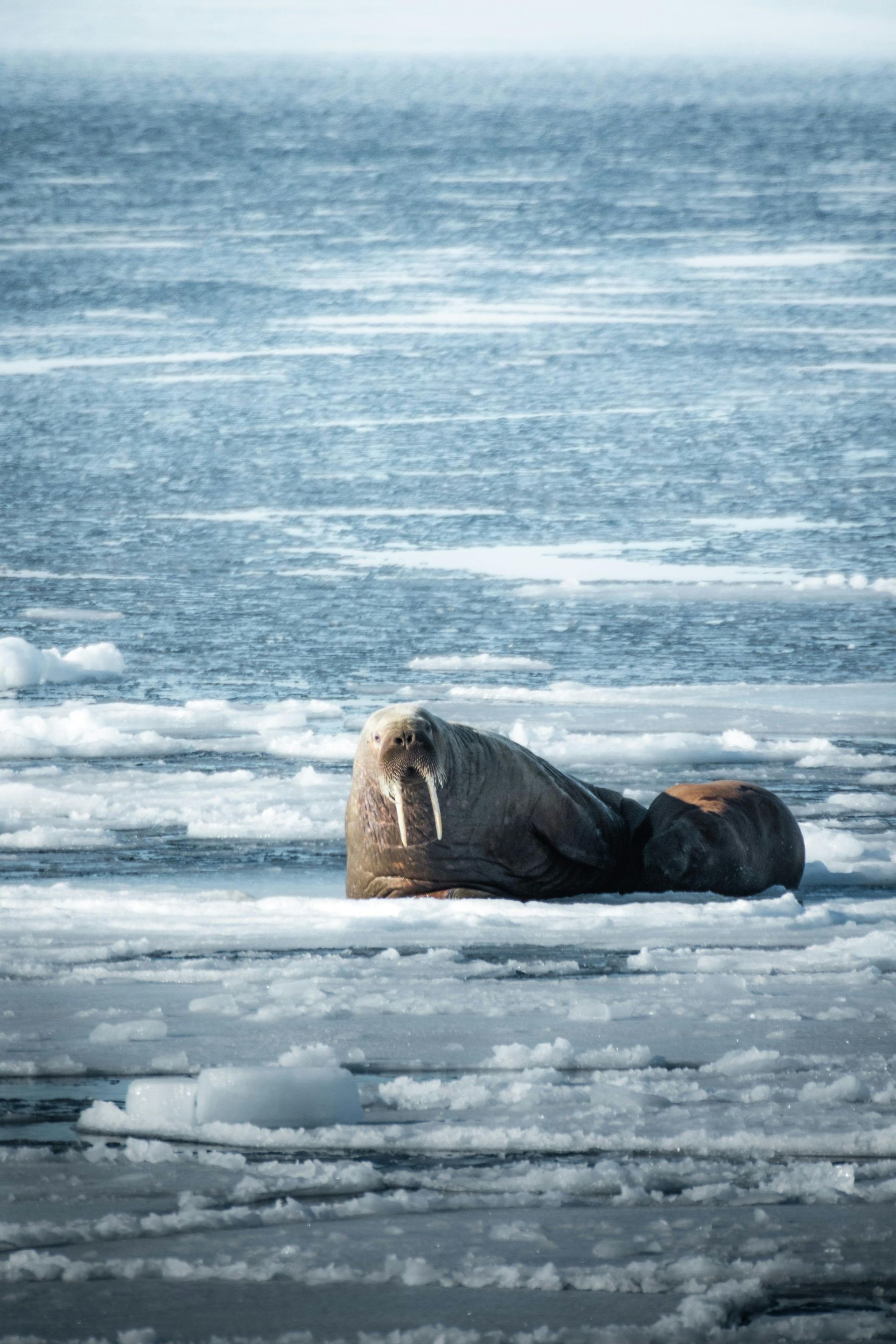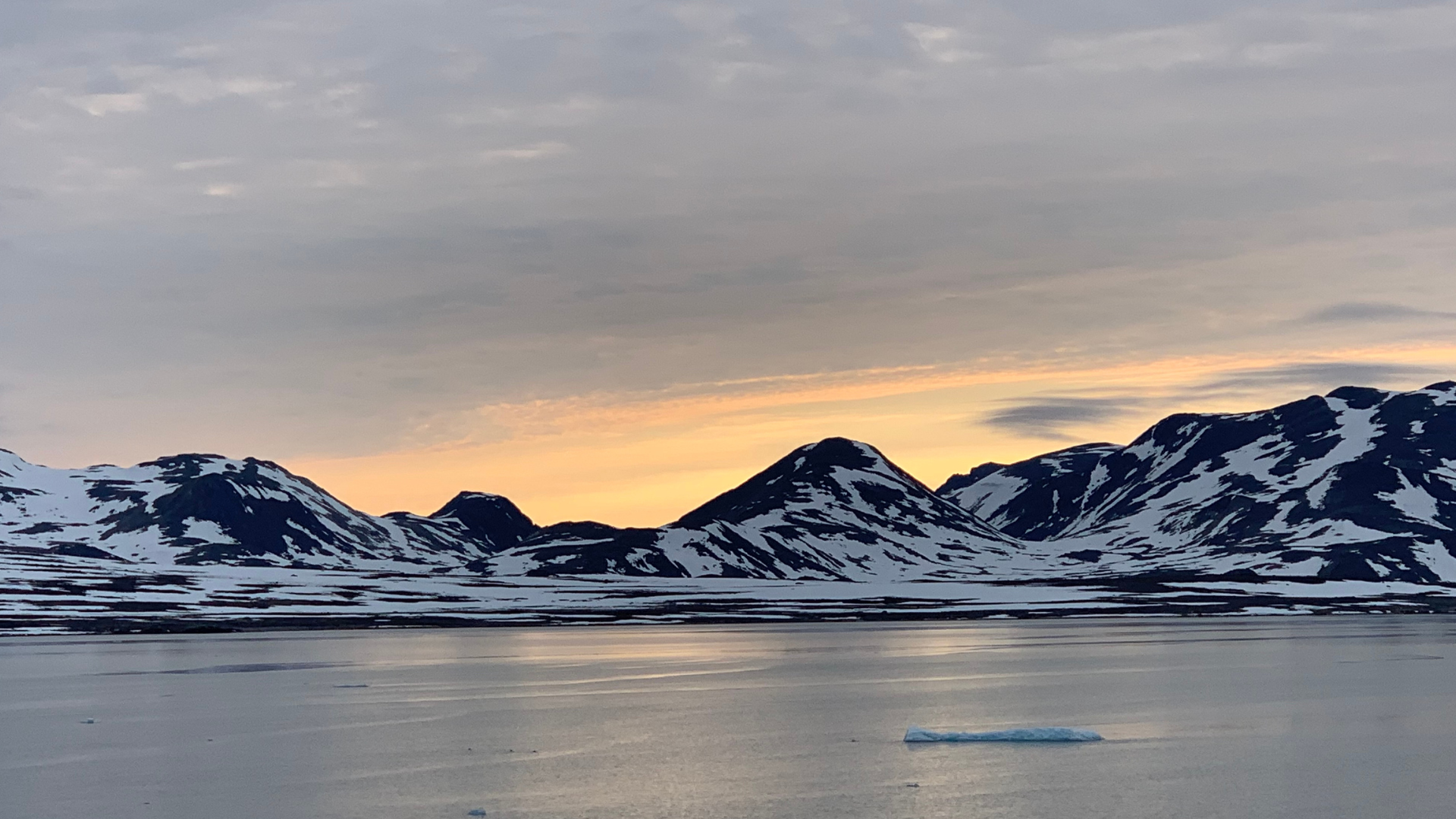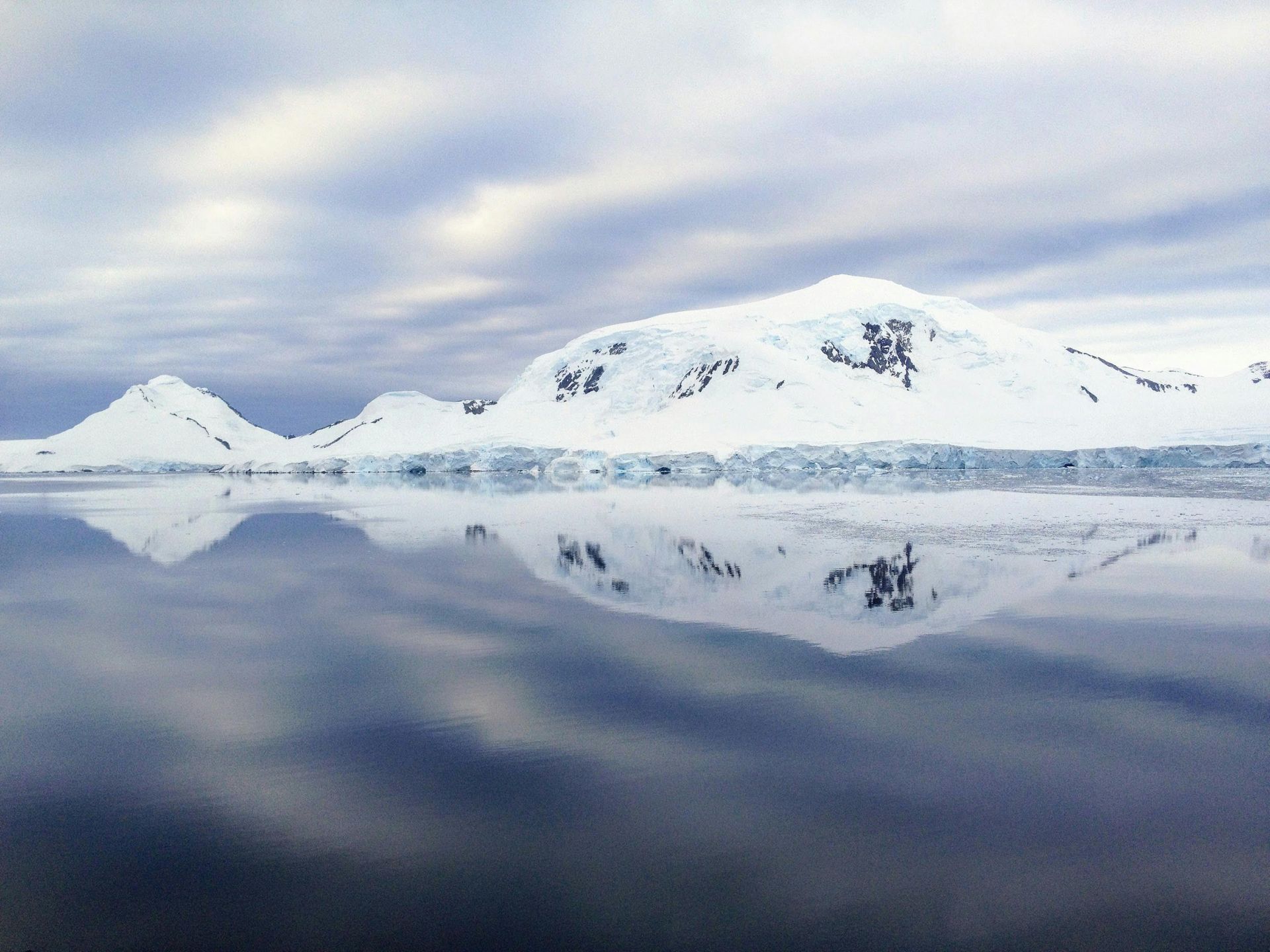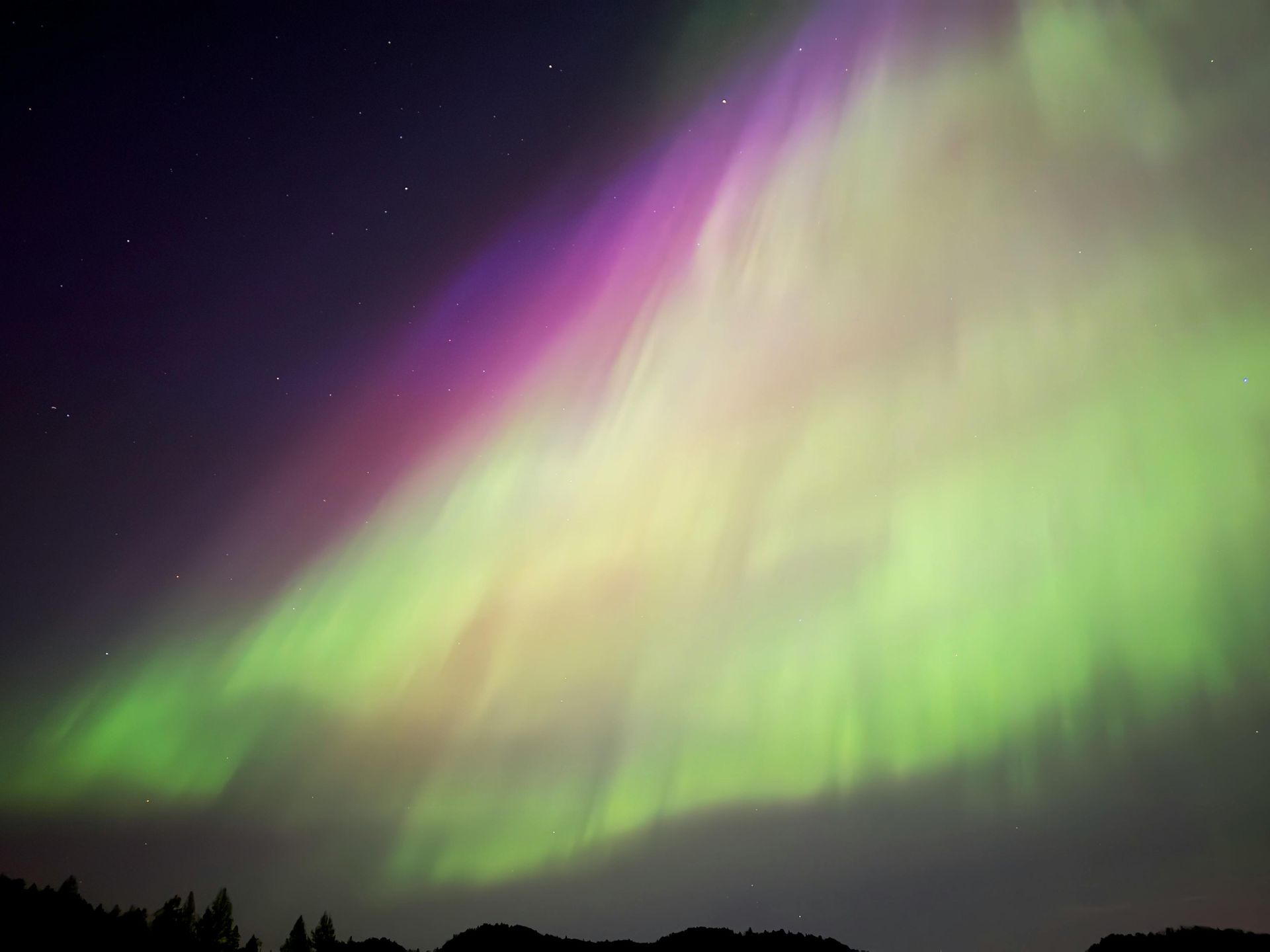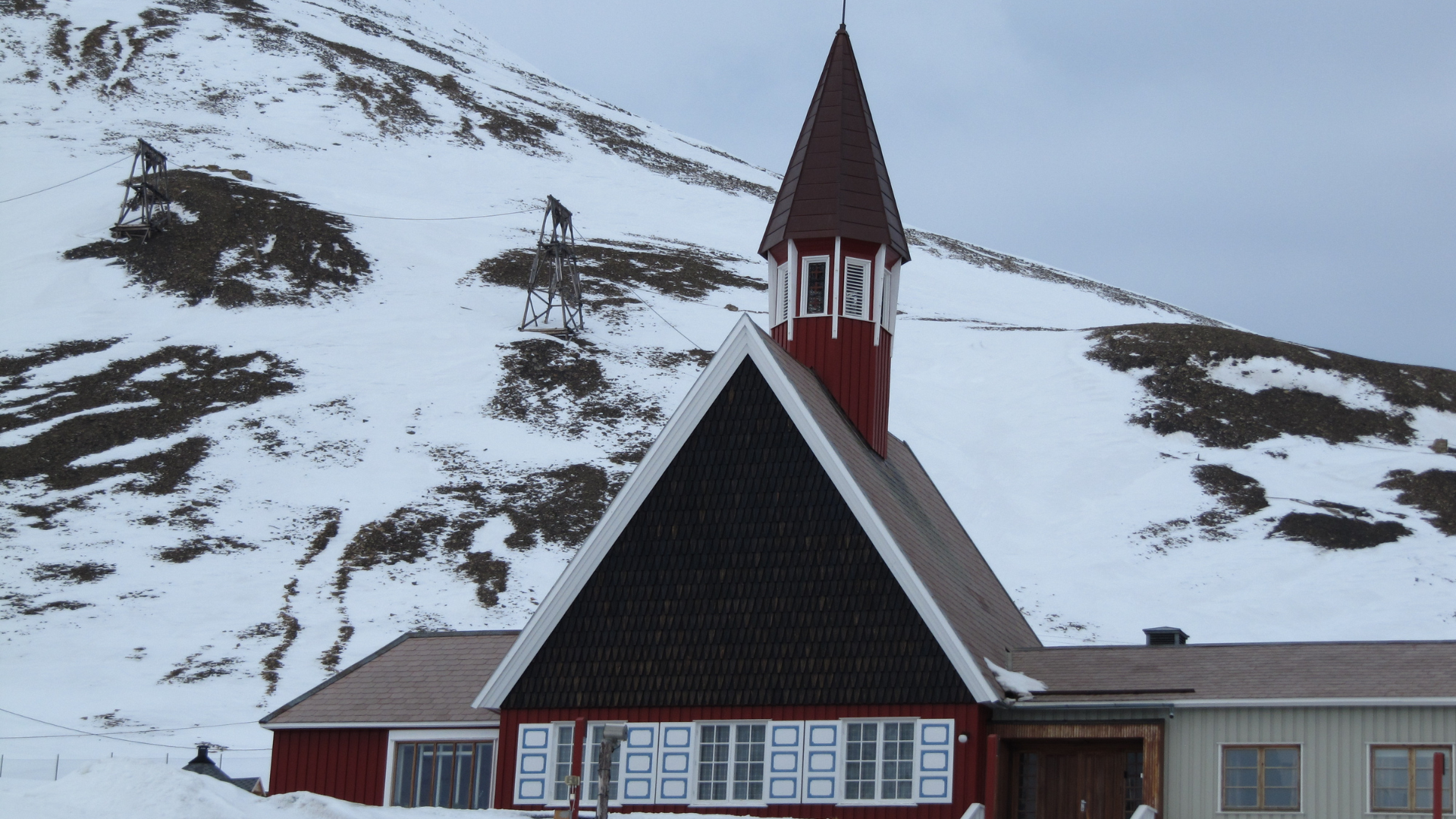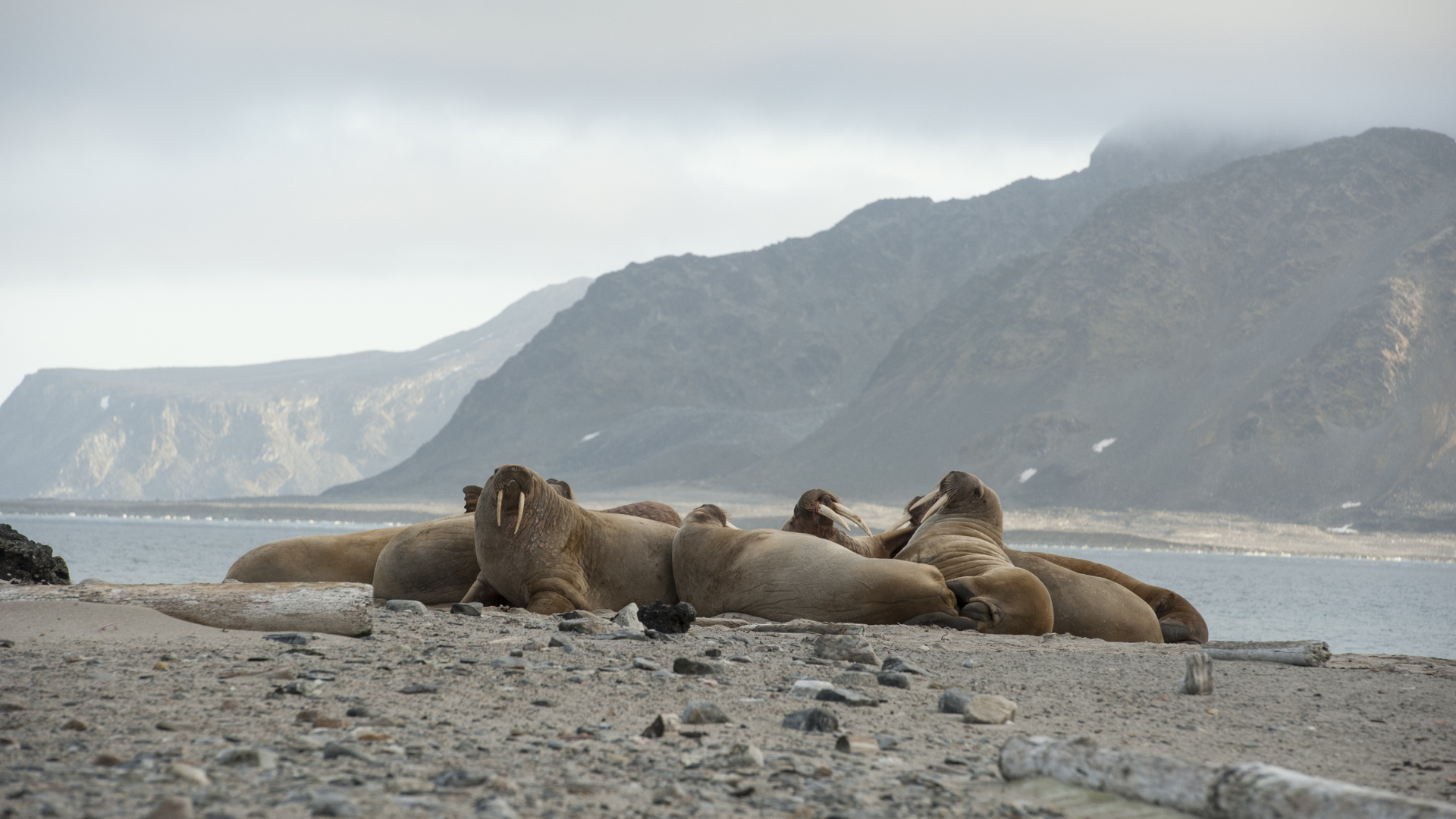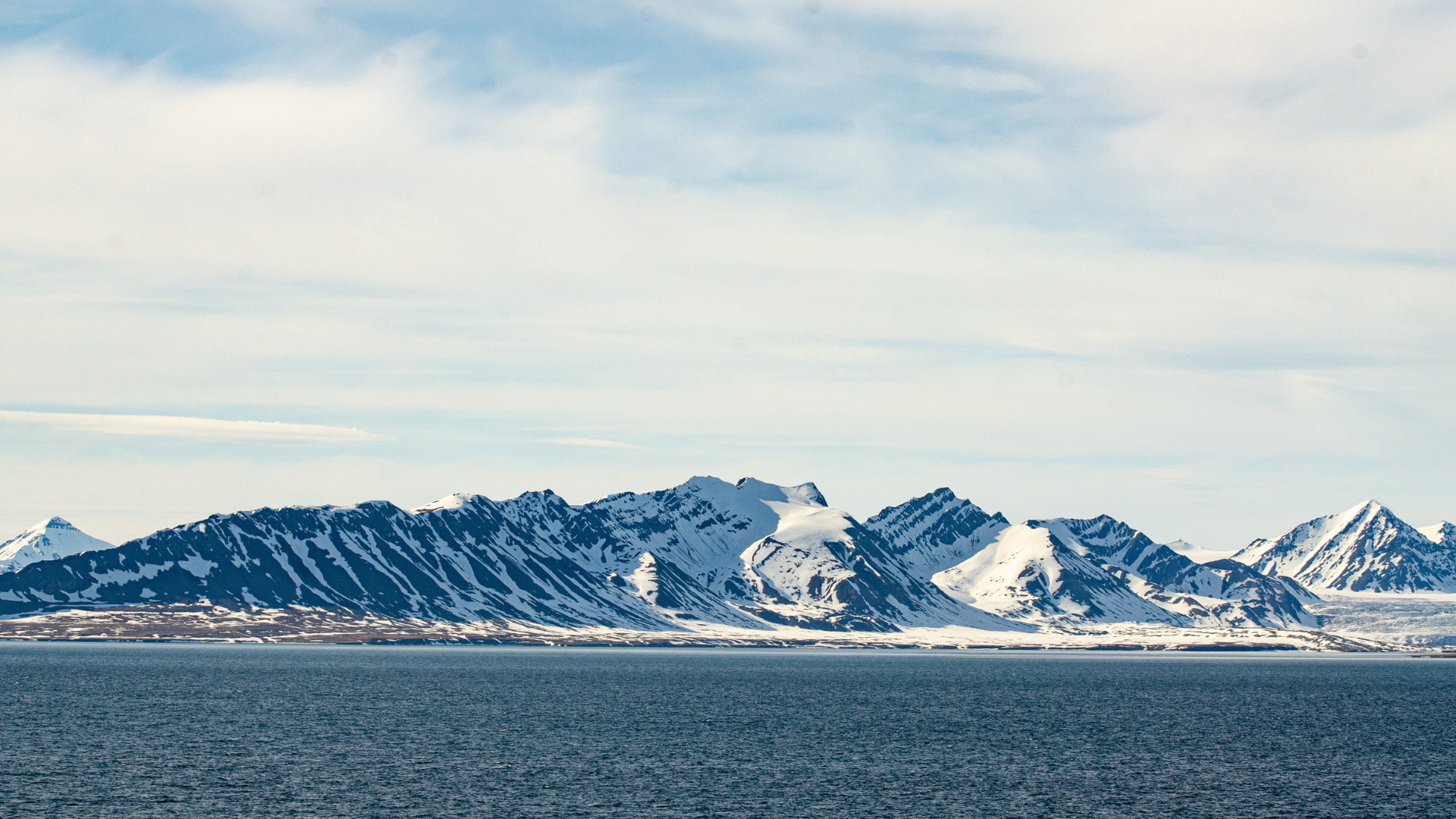Svalbard: Appropriate Trip Gear for February
Svalbard: Appropriate Trip Gear for February

February in Svalbard is a challenging yet rewarding time to visit. The Arctic winter is still in full swing, with temperatures often plummeting well below freezing and the landscape cloaked in ice and snow. To make the most of your trip, it's essential to pack the right gear to stay warm, safe, and comfortable. This month, the polar night begins to give way to twilight, providing a unique experience that requires thoughtful preparation.
Layering is crucial for maintaining body warmth in Svalbard's harsh February climate. Start with a moisture-wicking base layer to keep sweat away from your skin. Synthetic or merino wool materials work best for this purpose. Next, add an insulating layer, such as a fleece or down jacket, to trap heat. Finally, top it off with a windproof and waterproof outer layer to protect against the elements. This system allows you to adjust your clothing as needed based on activity level and weather conditions.
Your choice of footwear is equally important. Insulated, waterproof boots with good traction are essential for walking on snow and ice. Consider boots rated for extremely low temperatures to keep your feet warm. Pair these with moisture-wicking socks and an additional thermal layer for maximum insulation. Gaiters can be useful to keep snow out of your boots, especially if you plan on hiking or exploring more remote areas.
Accessories like hats, gloves, and scarves are vital for protecting extremities from the cold. Choose a hat that covers your ears and is made of warm, insulating material. For gloves, consider a layered approach: a thin, moisture-wicking liner glove topped with a thicker, insulated outer glove. This allows for flexibility and warmth. A scarf or neck gaiter made from a warm material can help protect your neck and face from the biting wind.
Since February is still quite dark, a headlamp or flashlight is indispensable for navigating after sunset. Opt for a headlamp with a long battery life and bring extra batteries, as the cold can drain power quickly. Additionally, reflective clothing or accessories can help improve visibility in low-light conditions, ensuring you stay safe while moving around.
Protection from the sun may not be the first thing that comes to mind in February, but the snow and ice can reflect sunlight and cause snow blindness. Sunglasses with UV protection are essential, even on overcast days. If you're planning on extended outdoor activities, consider bringing ski goggles for better coverage and additional protection against wind and blowing snow.
A reliable means of communication is crucial when exploring remote areas. A fully charged mobile phone with a portable charger can be a lifesaver. However, mobile coverage can be spotty in Svalbard, so it's wise to carry a satellite phone or personal locator beacon (PLB) for emergencies. These devices ensure you can call for help if needed, no matter where you are.
Finally, pack snacks and a thermos with hot drinks to keep your energy levels up and help you stay warm. High-calorie snacks like nuts, chocolate, and energy bars are convenient and effective for maintaining energy in cold weather. A thermos filled with hot tea, coffee, or soup can provide much-needed warmth during your adventures.


